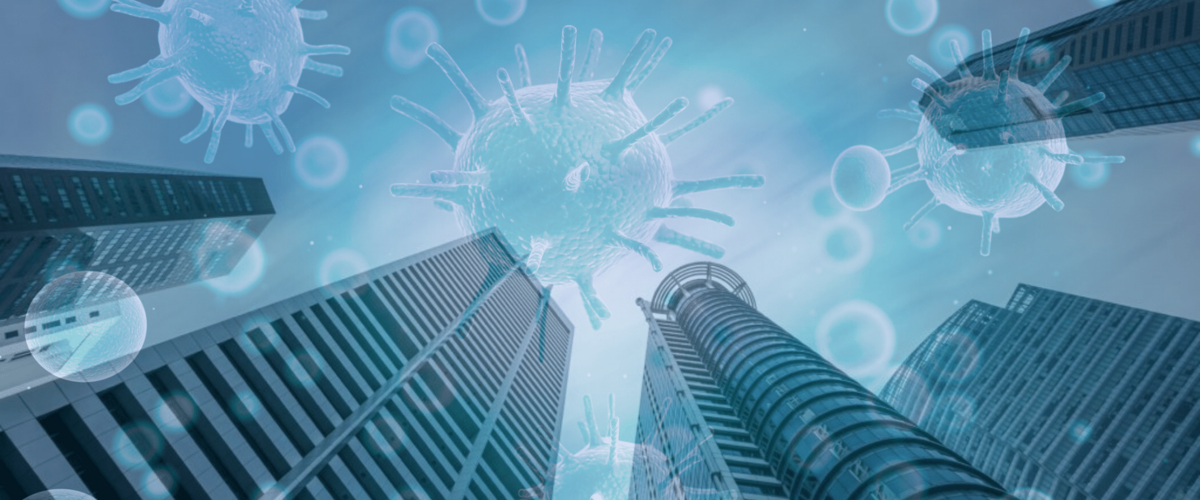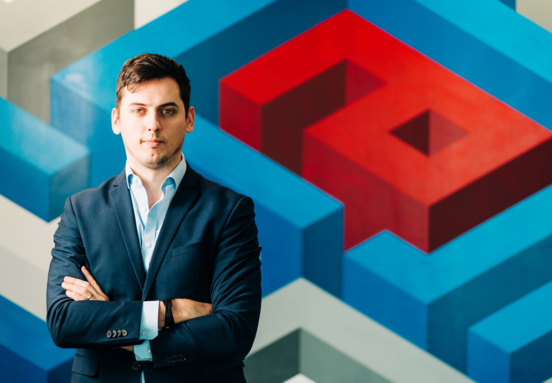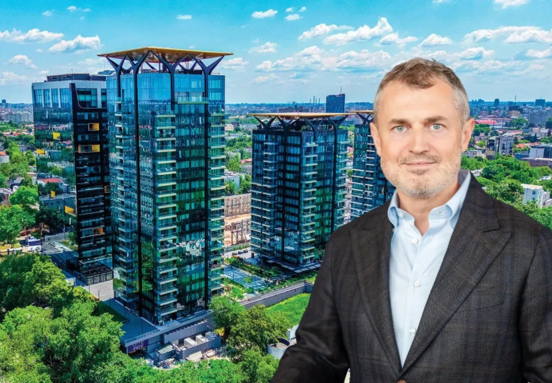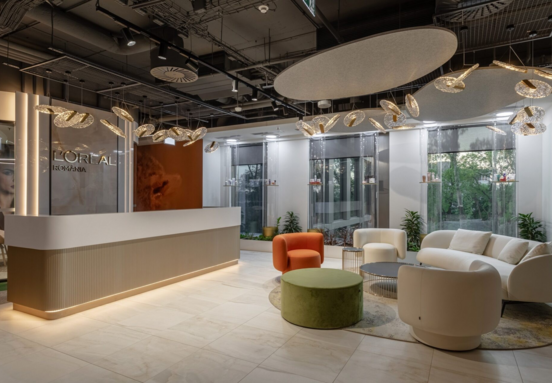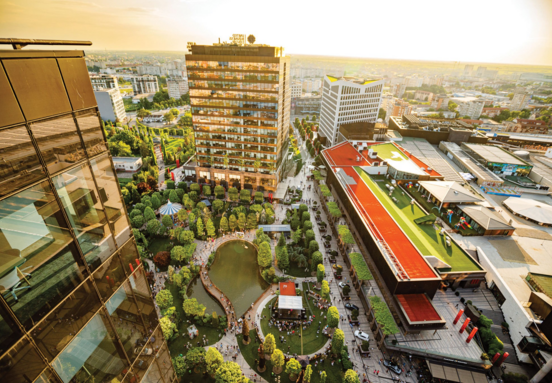These are questions that facility management companies can answer from a certain perspective. Due to the specific activity, the teams of these companies are made up of specialists with experience in arranging, maintaining and adapting all types of spaces in office buildings to comply with the requirements of the legislation in force.
The basic principle is to make sure that the recommended distance for health safety, of about two meters, is always respected.
This can be done by distancing the offices, by installing visual signs, such as circles drawn on the floor around each office so that people do not get too close to each other. Of course, many companies will choose to operate shifts to keep the number of people in office space to a minimum.
It is also important to mark one-way flows in office or color spaces. You can use arrows on the floor for people to walk in one-way flows around the office.
In this simple way to implement and efficiently through results, we can change very ingrained behaviors and the way we work in office spaces.
Sensors can be installed in offices to monitor employee movements via smartphones. These sensors allow the company to verify the effectiveness of its interior design but also whether people respect unidirectional flows or not. But are these measures enough? Of course not.
The question remains whether or not a two-meter buffer space is enough to prevent the spread of a virus as contagious as COVID-19. The virus can live on surfaces for days and can float in the air for three hours, infecting people who breathe it.
COVID-19 quickly spread telework, so the meetings moved to the online environment. However, with the gradual relaxation of restrictive measures, the virus raises the issue of ignored dangers of recirculated office air.
Efforts to keep people away from each other can help for a short time, but it's probably not enough in large spaces where many people sit for eight hours, especially spaces that are poorly ventilated such as some older office buildings.
Unfortunately, most HVAC systems in office buildings do not bring in much fresh air from outside. Instead, it recirculates the air inside, which is a mixture of carbon dioxide from our exhalations, chemicals in building and decorating materials, and, of course, airborne pathogens.
Air filtration is probably the most important thing in the next period in office spaces. High-performance air filtration systems can be installed in office buildings.
Also, in the short term, living with COVID-19 will lead many companies to purchase additional air filtration solutions to ensure that the air inside is as healthy as possible. In the long run, high-quality buildings will be designed to provide high-quality clean air.
As a precautionary measure, employees may be asked to agree to have their temperature measured every morning, and also to cover their desk with a sheet of protective paper. At the end of the day, the paper is discarded, which could help reduce the spread of COVID-19 on office surfaces.
On the other hand, companies and owners of office buildings will agree with the facility management companies the whole set of processes for cleaning and disinfecting office spaces, some of which will take place several times during the day, not just at night. That is why a clean desk and tidy office policies will become essential to be implemented and strictly adhered to in the future.
All this will change our perspectives and expectations on how we will work in the future. But one thing remains - we will still want to get out of the house and socialize. And when we are at the office, we want to be in a safe environment.
Author: Lucian Anghel, Fondator și CEO, Timepal Romania și Facilities Management Services
